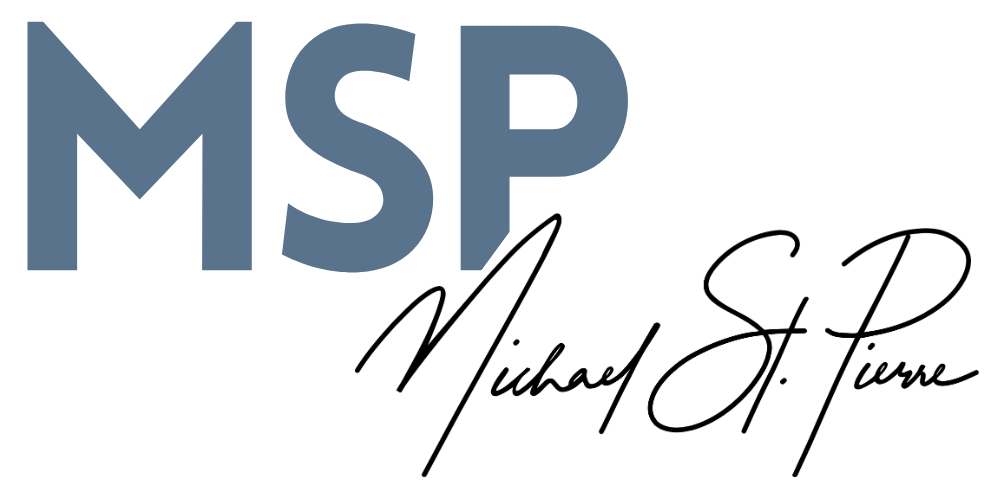House of Cards is in its third season, offered exclusively via Netflix. The show is released all at once, instead of one week at a time. If you are into "binge-watching" tv shows, this one is worth your time.
I once watched 26 episodes (the first two seasons) in a 7 day span. Don't ask my how I pulled that off. Just don't.
House of Cards features Francis Underwood, the congressman turned president who will stop at nothing to achieve power and control. He's ruthless, a liar and a cheat. Unfortunately, so are most of the other characters in House of Cards.
Why then is it so much fun to watch? The acting is fantastic (Kevin Spacey and Robin Wright, his screen wife), the plotlines are intertwined and the subtle links to contemporary global affairs are all worth their salt.
So what, if anything, can we glean from House of Cards? I suggest four tips for you and your organization:
- Keep meetings short, very short. When you are finished, stand up and leave. It will feel awkward at first but it works. Underwood is famous at very brief meetings, often less than 5 minutes.
- Go with your gut. Trust people who you know will have your back.
- Cut the small talk or don't depending on the situation. Underwood is a ninja when it comes to making strategic small talk. At other times, he just cuts right to the chase.
- Be creative. When you are trying to persuade someone of your point of view, remember that you may have to appeal to what's important to them. Be creative as to how your communicate and "sell" your message.
Even if you don't subscribe to Netflix, you can try it out for a free trial during which you can catch an episode (or 26) of House of Cards. Note that it's not a PG show and you'll want to keep the kids away from it. Still, if you're an adult and are looking for must-watch TV, House of Cards fits the bill.





